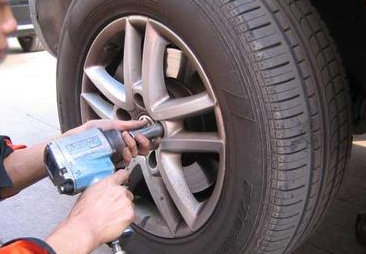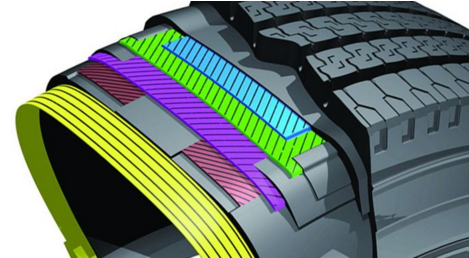[China Instrument Network Instrument Development] Scientists have invented a low-cost printing sensor that can monitor automobile tires in real time. When tire rubber becomes thin and needs to be replaced, the sensor will alert the driver. The device will improve the safety of the car while improving vehicle performance and reducing fuel consumption.

Picture from the Internet, invade
Picture from the Internet, invade

Picture from the Internet, invade
Researchers at Duke University in U.S. have used metal carbon nanotubes to build this new type of sensor, a tiny cylinder with a carbon atom diameter of one billionth of a meter. It can track millimeter-level changes in tread depth with 99% accuracy. .
Franklin, an associate professor at Duke University, points out that in today’s automotive sensors and detection technologies, almost no data is collected from the only part of the vehicle that actually touches the road. This technique relies on the mechanics of the interaction of an electric field with a metal conductor. The core of the sensor is to place a voltage on the other electrode by placing two small and very close conducting electrodes, forming an electric field between the electrodes.
According to the width of the product, the grid is set to connect many sensors to cover the tires, thereby detecting tire unevenness, wear, etc. Although the sensor can be made of various materials and methods, the researchers hope to explore the sensor size and structure to the substrate and ink. Different variables of materials to optimize performance.
Finally, it was found that the best effect can be obtained by printing a metal carbon nanotube electrode on a flexible polyimide film. In addition to providing the best results, metal carbon nanotubes have the advantages of durability, resistance to harsh environments, and the like.

Picture from the Internet, invade
These sensors can be printed on most objects with aerosol jets, even inside the tires. Although it is not yet clear that direct printing is the best method of manufacturing, Franklin said that once they are mass-produced, the cost of the sensor will be much lower than every penny.
Duke University also hopes to explore printed sensors for other automotive applications, such as maintaining brake pad thickness or air pressure inside tires.
(Original title: Print sensor will monitor car tire health status in real time)